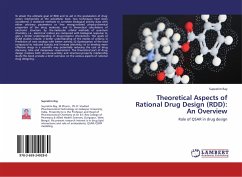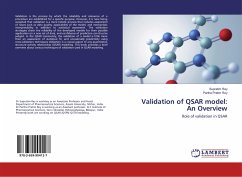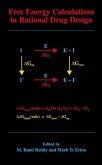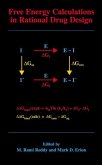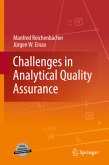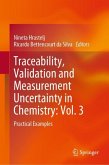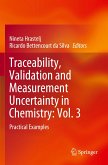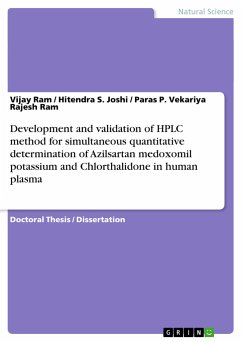To attain the ultimate goal of RDD and to aid in the postulation of drug action mechanisms at the subcellular level, two techniques have been considered: i) statistical methods to correlate biological activity data with either arbitrary parameters or free energy-related physico-chemical properties of the drug molecule, and ii) theoretical calculations of electronic structure by the molecular orbital methods of quantum chemistry, i.e., electronic indices are compared with biological response to gain a better understanding of drug-receptor interactions. The goals of QSAR studies include: i) better understanding of the modes of actions; ii) Prediction of new analogs with better activity; iii) Optimization of the lead compound to reduced toxicity and increase selectivity; iv) to develop more effective drugs in a scientific way potentially reducing the cost of drug discovery, time and manpower requirement. The theoretical part of drug design involves both structure-activity and structure-property relationship study.This book provide a brief overview on the various aspects of rational drug designing.
Bitte wählen Sie Ihr Anliegen aus.
Rechnungen
Retourenschein anfordern
Bestellstatus
Storno

